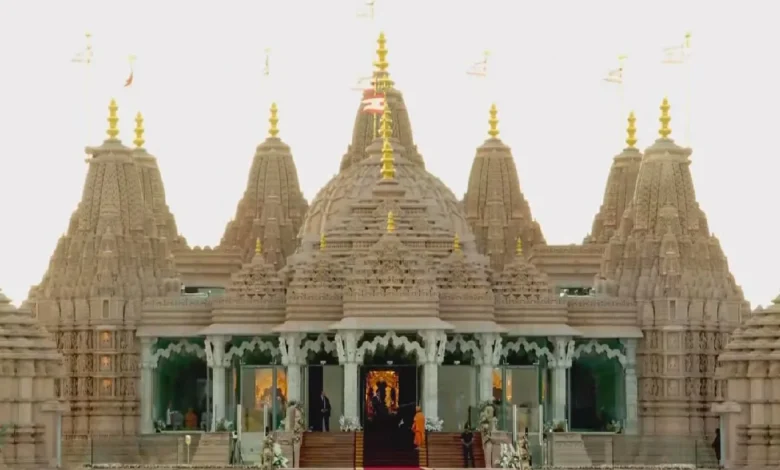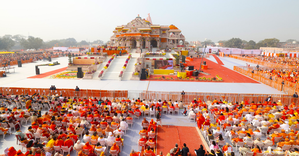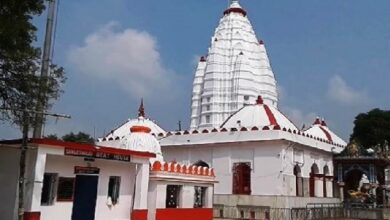From US to UAE: As Hindus abroad grow, so do their places of worship

New Delhi, Feb 19 : The construction, inauguration, and restoration of its temples across the world is yet another testament to India building and deepening its ties with its 32 million-plus-strong diaspora and an estimated 1.2 billion Hindus across the world.
Much before the British arrived in India and years after they left, the continuous migration of Hindus — as traders, indentured labourers, skilled workers, and highly qualified professionals — has given rise to several temples in the countries they settled in.
It is estimated that there are around two million Hindu temples across the world and some of the noted ones include the Angkor Wat in Cambodia, the Prambanan temple in Indonesia, Nepal’s Pashupatinath Temple, and Australia’s Shiva Vishnu Temple.
In Thailand, the construction of Hindu temples started in the third and fourth centuries AD with the earliest images of Lord Vishu being found, and in Vietnam, the Cham people built several Hindu temples.
“There are temples not only in India and the Indian subcontinent but in many regions beyond,” External Affairs Minister S Jaishankar had aptly said during his visit to Cambodia in 2022.
Asserting that “our civilisation is not limited to India but is spread across countries”, Jaishankar, in a way, suggested why it is important for the country to build as well as ensure the revival and restoration of temples across the world.
According to Hindus, these places of worship are necessary to keep them and their coming generations rooted and connected to their culture, values, beliefs, and traditions.
“Far away from my home and family, these temples to me are a source of strength and support,” said Kajal Dhadwal, a mother of two, who has been living in Tanzania for more than 14 years.
Living close to the Arusha city, she frequents the BAPS Shri Swaminarayan Mandir and the ISKON centre there.
As the number of Hindus across the world grow from strength to strength, so does their need for more places of worship.
According to the External Affairs Ministry, the number of Indians who moved abroad for good was 2,25,620 in 2022 and 87,026 till June 2023.
Bolstering this Hindu spirit, Prime Minister Narendra Modi inaugurated Abu Dhabi’s first Hindu temple, the BAPS Mandir on February 14. He stated in his address that the UAE has written a golden chapter and won the hearts of 140 crore Indians and that “this temple will be a symbol of communal harmony and unity of the world.”
The UAE has three other Hindu temples that are located in Dubai. The event came just weeks after he presided over the consecration ceremony of the Ram temple in Ayodhya.
Before this, the BAPS Swaminarayan Akshardham, the world’s largest Hindu temple constructed outside India, was inaugurated in the Robbinsville Township of New Jersey in October last year.
In 2019, Modi launched a multi-million-dollar renovation project for the 200-year-old Shrinathji Temple in Bahrain’s Manama.
The demand for temples in foreign lands grows as they not only provide a place of worship but exhibit rich Indian architecture, sculptures, and scripture carvings on walls that get global recognition for the community in that country.
As a soft power, countries realise that the construction of Hindu shrines will help strengthen their economy and tourism, in addition to boosting bilateral ties and better people-to-people contacts.






